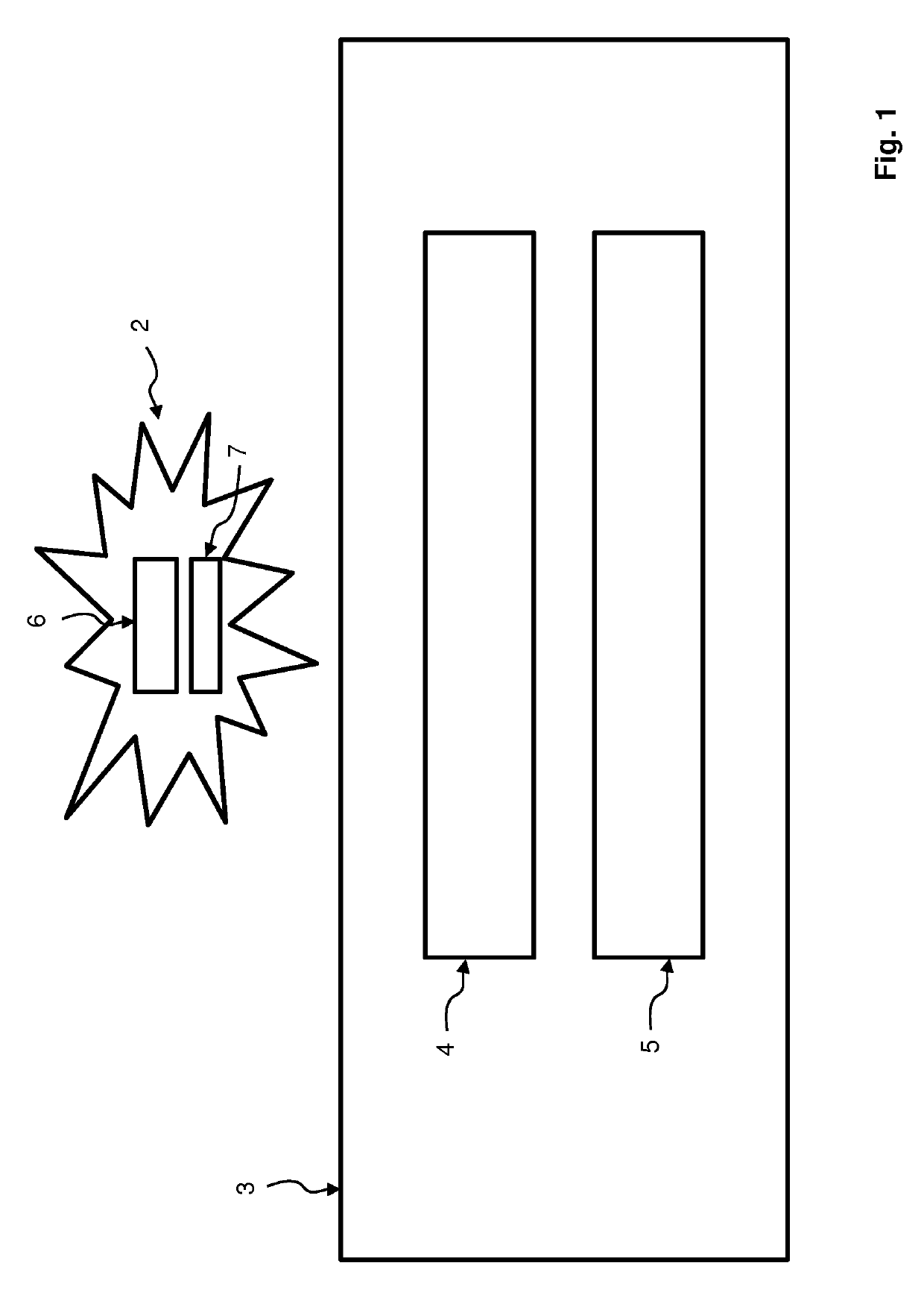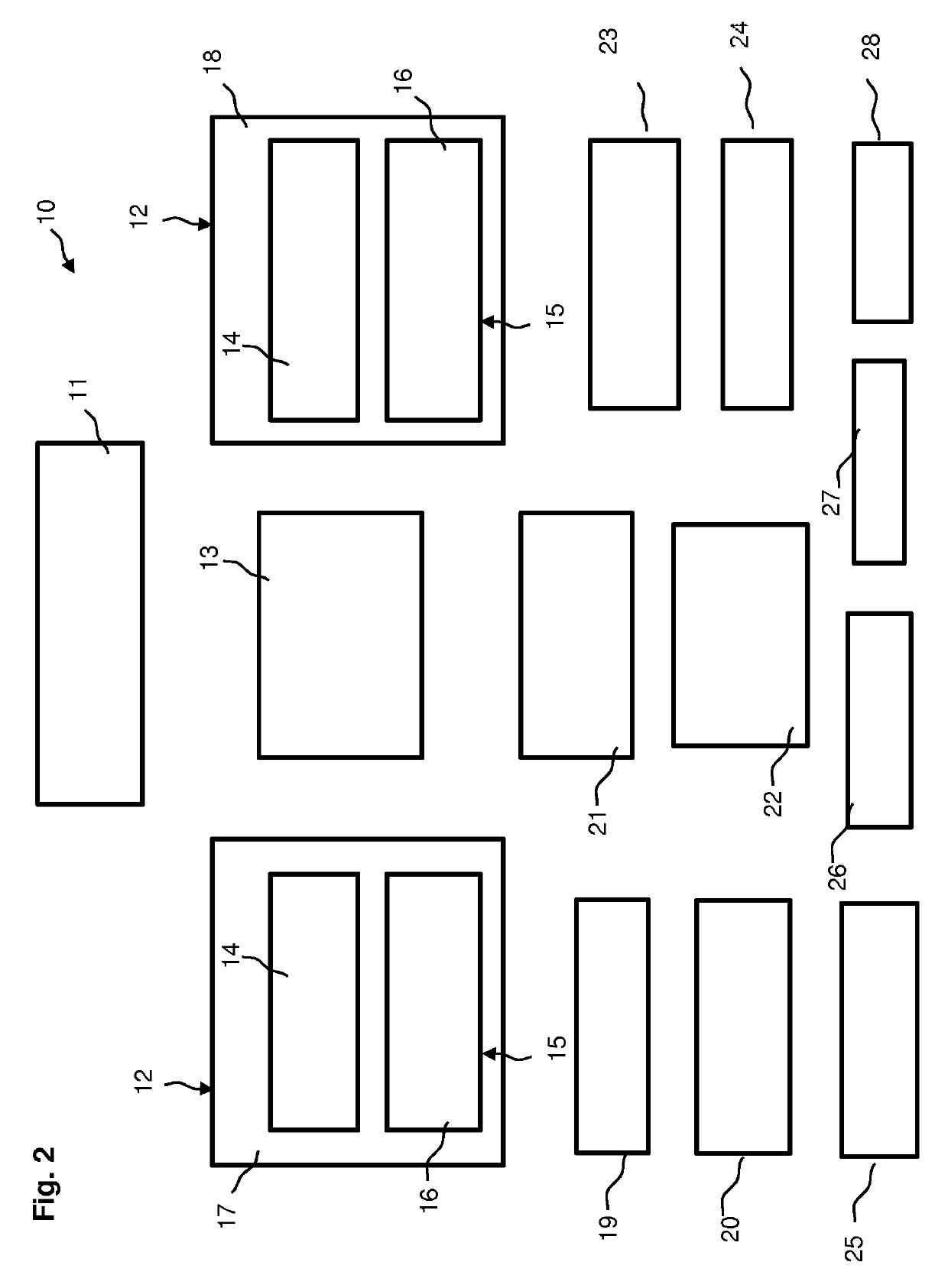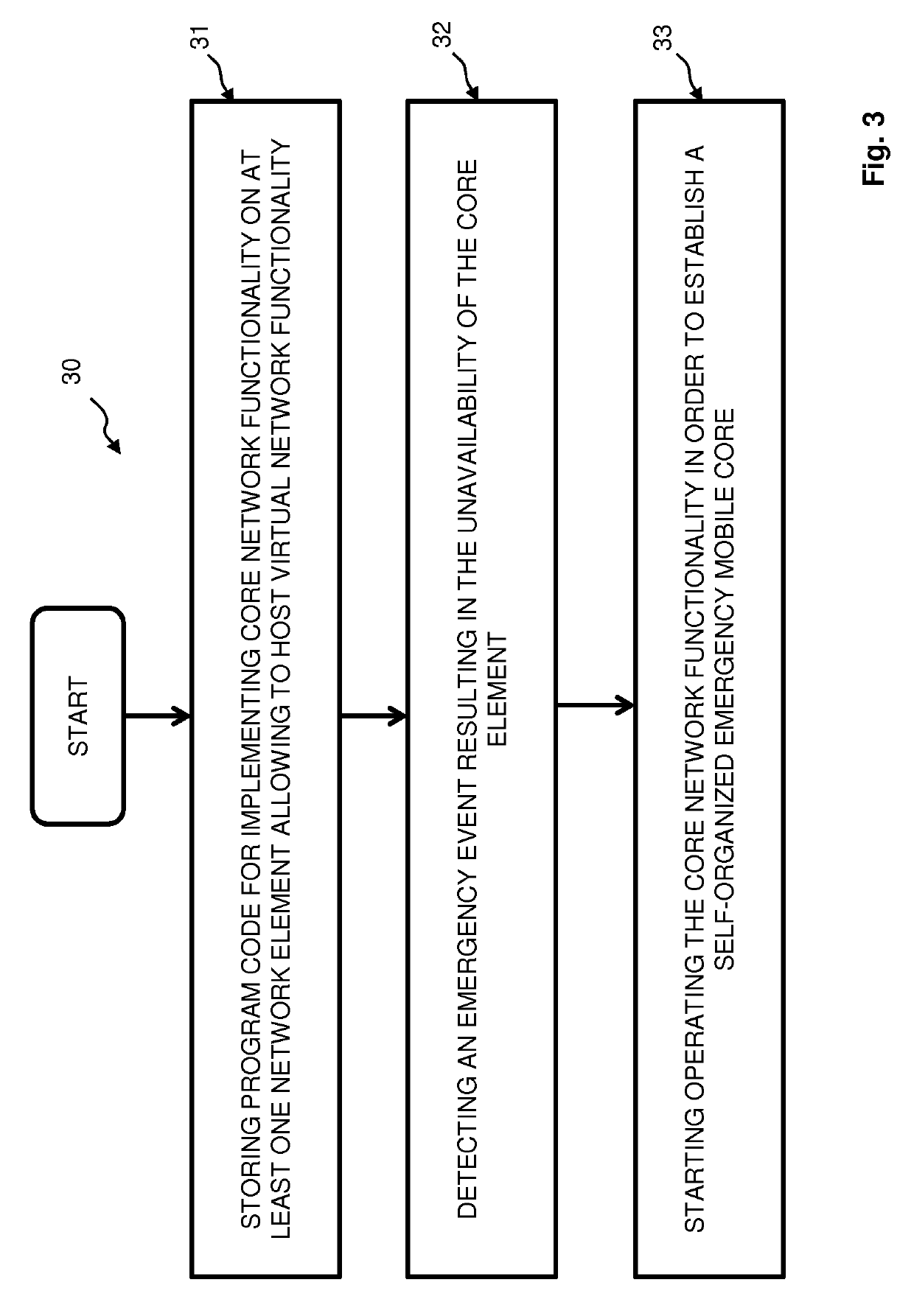Method and system for establishing a self-organized mobile core in a cellular communication network
a mobile core and self-organization technology, applied in the field of self-organization mobile core in a cellular communication network, can solve the problem of useless radio access network
- Summary
- Abstract
- Description
- Claims
- Application Information
AI Technical Summary
Benefits of technology
Problems solved by technology
Method used
Image
Examples
Embodiment Construction
[0033]FIG. 1 illustrates a cellular communication network 1. As shown in FIG. 1, the cellular communication network comprises a core element 2 and a Radio Access Network (RAN) 3. According to FIG. 1, the Radio Access Network 3 further comprises base stations 4 and respective mobile stations, the client devices 5. Each of the client devices 5 is typically connected to one of the base stations 4. This connection needs management of backhaul and core network connectivity, which is usually facilitated by the core element 2. As shown in FIG. 1, the core element 2 includes at least a connectivity gateway functionality 6 and a mobility management functionality 7.
[0034]However, if the core element 2 becomes unavailable, for example when the core element 2 is destroyed after a man-made or a natural disaster, the Radio Access Network 3 becomes useless, even if the base stations 4 are still undamaged and, therefore, available. Thus, there is a need for methods to enable use of the Radio Access...
PUM
 Login to View More
Login to View More Abstract
Description
Claims
Application Information
 Login to View More
Login to View More - R&D
- Intellectual Property
- Life Sciences
- Materials
- Tech Scout
- Unparalleled Data Quality
- Higher Quality Content
- 60% Fewer Hallucinations
Browse by: Latest US Patents, China's latest patents, Technical Efficacy Thesaurus, Application Domain, Technology Topic, Popular Technical Reports.
© 2025 PatSnap. All rights reserved.Legal|Privacy policy|Modern Slavery Act Transparency Statement|Sitemap|About US| Contact US: help@patsnap.com



